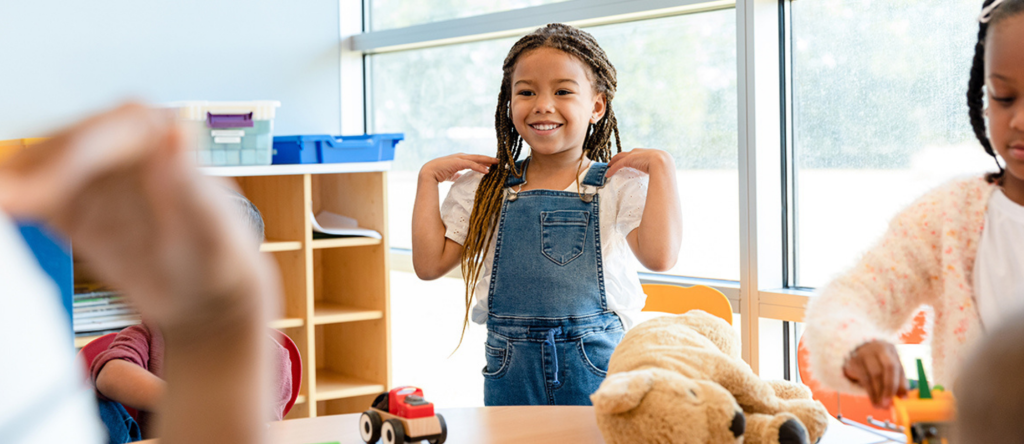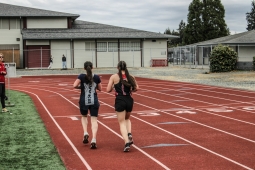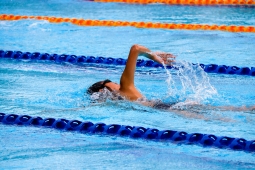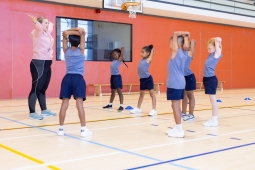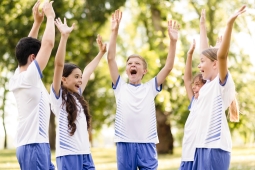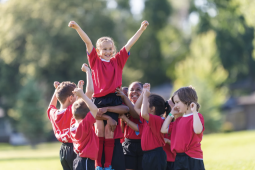Teacher to Teacher: Classroom Management Tips
May 21, 2019
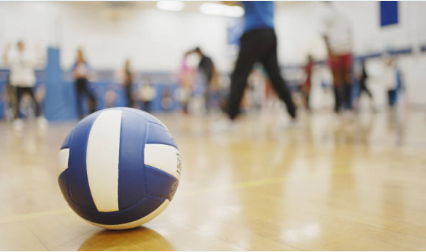
Previously published in Volume 85, Issue 1
Being a health and physical education professional is rewarding, but it's also a career with challenges. We want to help our members connect and share the issues that come up in their classrooms so we can all learn from our collective experience.
Question: Can anyone offer any tried and true ideas to keep a little order in class?
There are plenty of interesting and creative things I want to do with my classes, but they won't work all that well if I don't have some classroom management strategies in place, first.
Answers (collected from multiple colleagues)
- First things first: Get to know your students. Connect with them, learn their names, figure out what they like to do and what motivates them. Also, minimize standing-around time. Send the message that every second in PE class counts and have students run a lap, do some pushups, anything at all, as soon as they step foot into the gym.
- Get organized. Start lessons with the same short, active routine so students know what to expect and can fall right into line.
- Stick with a unit or activity for a "Goldilocks" length of time. Too long and you'll lose at least some students' interest. Too short and many won't have a chance to develop skill and confidence. Find the sweet spot, celebrate success, then move on.
- Stay in constant motion. Keep scanning the class to support and coach students, and also to keep an eye out for any problematic behaviour. While you're in motion, keep your back to the wall as you circulate around the gym so you're always facing your students.
- Plan. Then plan some more. Have your lessons all ready to go with equipment, pinnies, signage and anything else you might need. Then have some backup activities at the ready, just in case, for when life (or an unexpected assembly) throws a wrench in the works.
